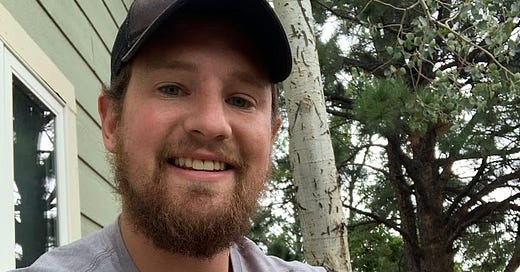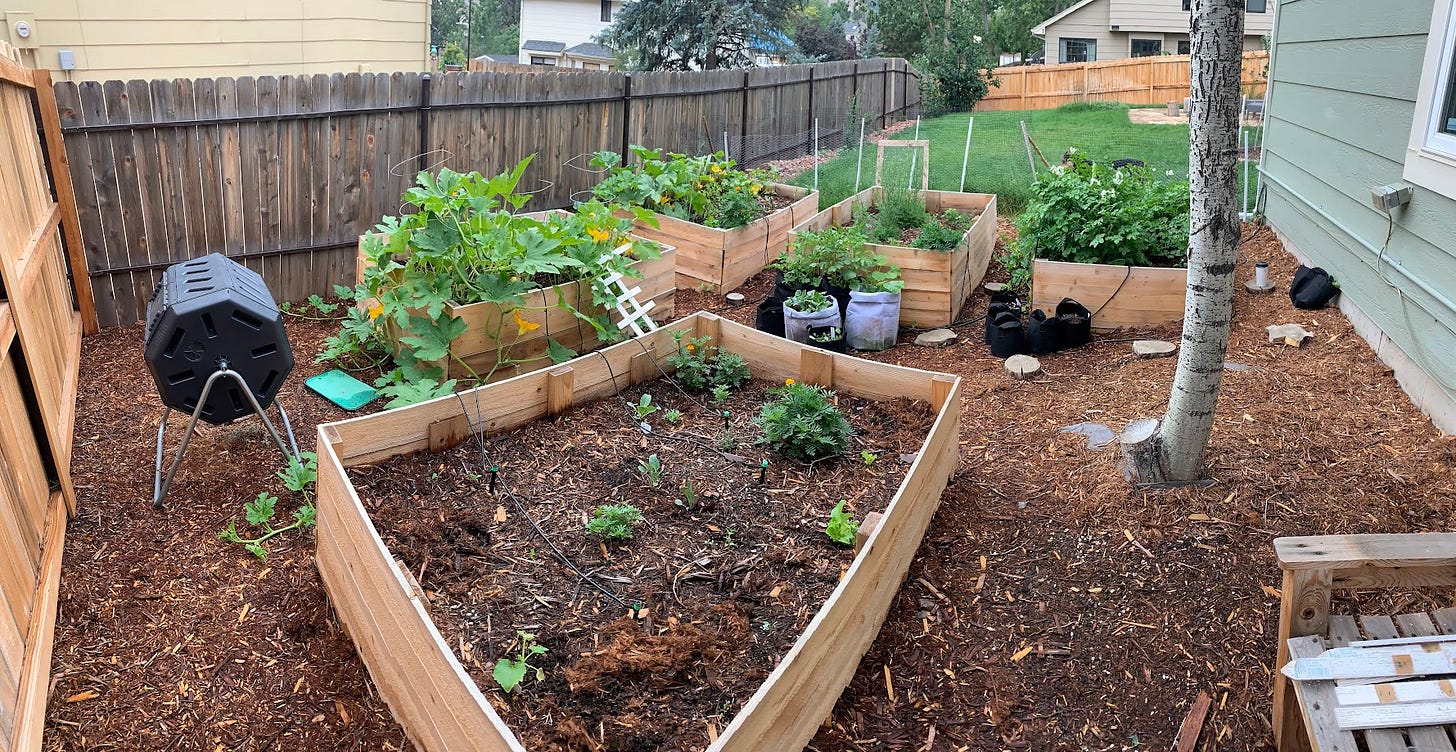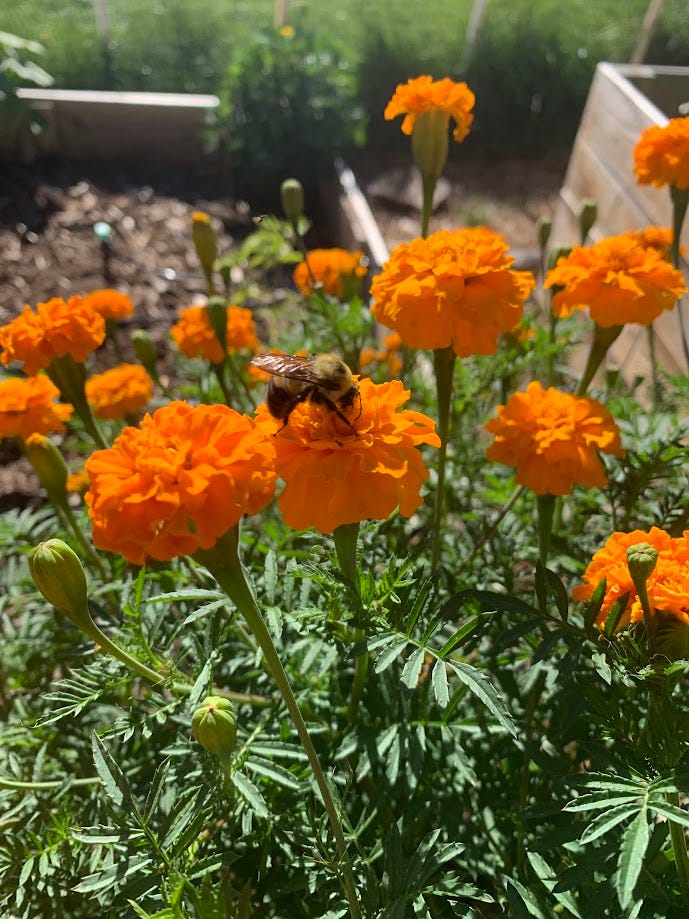This yearlong weekly journey is designed to help you break free from what I call the porn prison - a state of mental, emotional, and spiritual confinement caused by porn consumption. This prison traps individuals in cycles of shame, isolation, and disconnection, making it difficult to live a life of purpose and fulfillment.
Each Friday for the full year of 2025, I’ll dive into a key aspect of recovery, provide practical tools, and challenge you to take meaningful steps toward lasting freedom. Whether you’re just starting your journey or already working toward healing, this series offers encouragement, clarity, and structure to help you build and sustain a new, liberated identity.
Building and Maintaining Your Garden of Recovery
Creating a healthy environment is one of the most critical steps in ensuring success on your journey toward freedom from destructive habits. Just as a thriving garden depends on removing weeds, enriching the soil, and providing the right conditions for growth, crafting an environment that supports your recovery is about cultivating spaces, routines, and influences that nurture your well-being. Your environment is like the soil in which your habits grow and it plays a massive role in shaping your behavior, for better or worse.
What is a Healthy Environment?
A healthy environment is one that minimizes exposure to triggers and distractions while encouraging positive habits and intentional living. It’s about designing your surroundings, physical, digital, emotional/social, to support your goals and limit opportunities for old patterns to resurface.
This concept has been transformative in my own recovery journey and was actually the topic of my first podcast episode on Porn Free Millennial (bear with all the ums and “you knows” as well as the poor audio quality). Gardening makes me think back to my old house, during my past marriage, where my garden was my pride and joy. I built it from scratch → raising beds, filling them with the branches of a cottonwood tree that had fallen in our yard, topping them with rich organic soil, and covering them with mulch. I used only the best organic seeds, watered by an automated system I carefully designed. The level of care I took to create a healthy garden led to a great yield and brought me so much joy.
Yet, I didn’t apply the same intentionality to my marriage, and the contrast between the garden and the state of that relationship has stayed with me as a lesson. Building a healthy environment, much like gardening, requires preparation, nurturing, and constant attention.
As I write this now, I swell with emotion. Looking back at the old photos, I wish that guy could have realized how much he had in that moment and how much his actions and the actions he did not take would ultimately cost him.
I miss the adventures of digging for potatoes, the wonder of how big my pumpkins would grow, the absolute bliss of picking my own chamomile tea in the morning before work, and the ultimate satisfaction of growing my favorite herb, Dill, for soups and garnish.
I really miss that garden. More than I can express in words to you today. But the thing is, there will be another garden someday in the future and that garden will only be made possible if I tend to my garden today and tomorrow forth.
Even if you are not much of a gardener, I hope that this week, that the analogies and metaphors I use can help you have a light-bulb moment to start tending to your internal garden so that, over time, it can flourish into something that yields nourishment and joy not just for yourself, but for the ones closest to you.
Common Factors in a Healthy Environment
Here are some key aspects to focus on when creating a supportive environment:
Physical Space
Decluttering: A clean, organized space can reduce stress and improve focus. Think of this as weeding your garden—removing the unnecessary to let the essentials thrive.
Triggers Removal: Identify items or settings tied to unhealthy habits and eliminate them or re-purpose those spaces. Just as weeds choke out the good plants, triggers can suffocate your growth if left unchecked.
Positive Cues: Add visual reminders of your goals → affirmations, motivational quotes, or faith-based symbols → to keep your purpose front and center. These are like the stakes you use to support growing plants, guiding them in the right direction.
Digital Space
Keep reading with a 7-day free trial
Subscribe to Porn Free Millennial to keep reading this post and get 7 days of free access to the full post archives.








